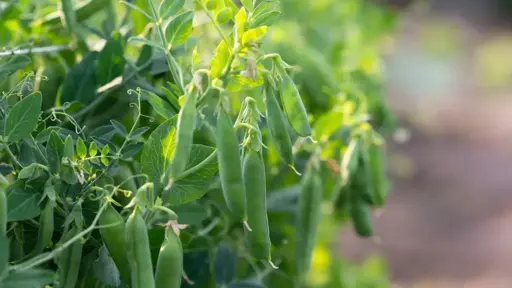Cover crops are important in areas cultivated year after year. They reduce soil erosion and improve its overall health. As spring heats the soil, cover crops suppress weeds, and as they grow, they support biodiversity. The highest-yielding cover crops bring something to the market, too.
While they don’t always provide returns in the season they’re grown, they can offer higher yields to next year’s crops, ensuring that the necessary nutrients for thriving plants are there throughout peak cultivation. Some plants do double duty, providing soil improvement and yielding their own harvest.
As you’re planning your garden, consider which plants deplete the soil and which rows need a cover crop to replenish those nutrients before you plant again. Use soil tests to help you along the way. Regardless of the type of farm, cover crops will make growing easier.
Rye grass
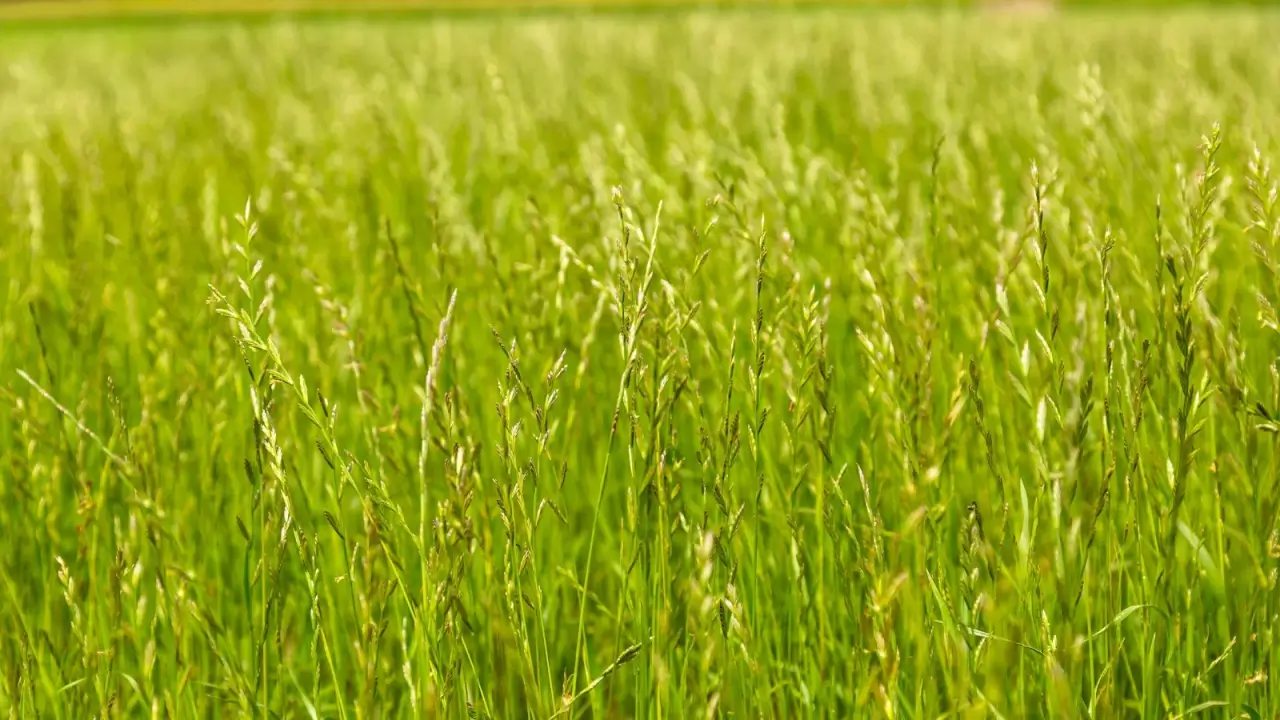
Fast-growing grass protects the soil from elemental damage.
Ranchers should certainly consider cool-season rye grass for their forage and fodder plots. Among others in the “highest-yielding cover crops” category, rye grass is a great nitrogen fixer. As long as you have one and a half to two months before the freezing weather arrives, this is a good one to plant.
Compared to cereal rye, this grass breaks down quickly, covering the soil when it’s cold, and protecting it from elemental damage. It’s a much more nutritious fodder than hay, and deserves a little more play in the ranching game. If you’re not letting the field lie fallow, plant some rye grass.
Buckwheat

Early blooms draw helpful insects before fruiting begins.
As one of the best lady beetle attractants, buckwheat is great for farmers who use integrated techniques to control pests on the farm. The plants also attract several other pest-controllers, and do well in multiple types of soil. If phosphorus is lacking, grow this one before planting squash, tomatoes, and other plants that require flowering to produce fruit.
If you want to promote higher populations of beneficial insects, cull your buckwheat crops within 20 days of flowering. If not, seven to ten days is perfect. Letting it go to seed can lead to crowding, so it’s best to avoid this. However, if you want to plant a native buckwheat, letting it go is just fine.
Cereal Rye
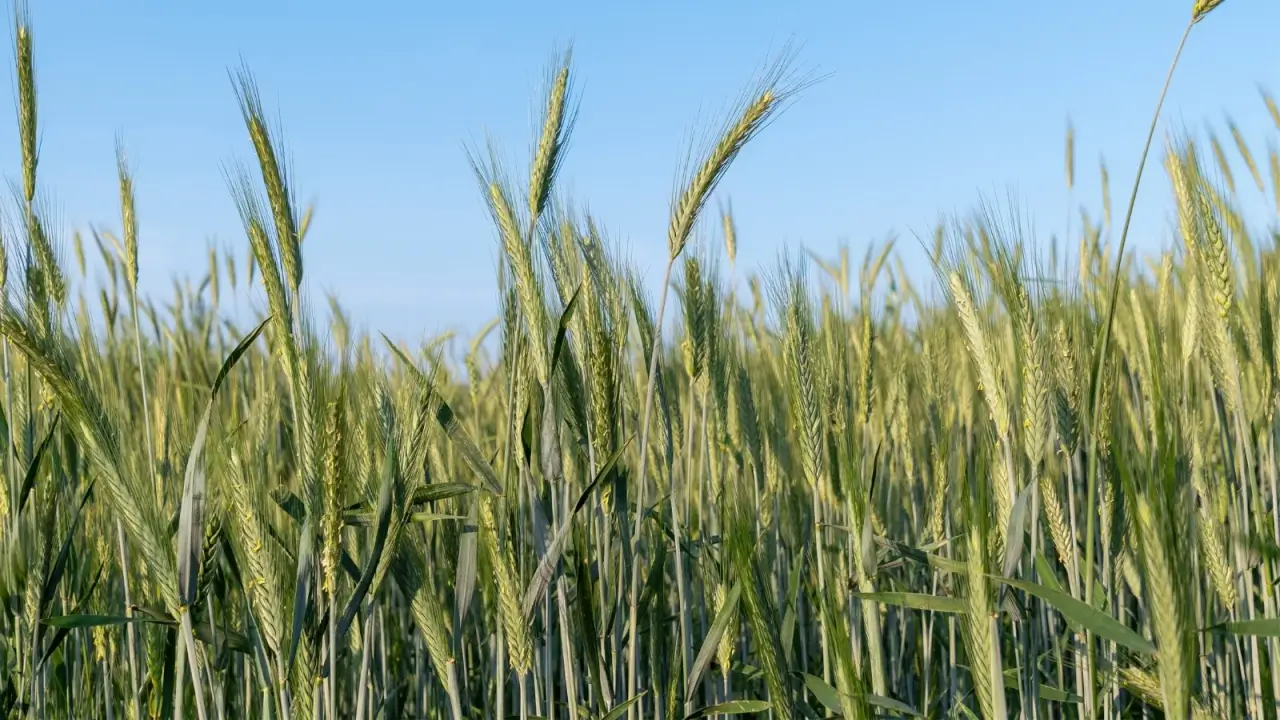
Thick stands crowd weeds while enriching the soil.
Cereal rye has multiple benefits. It controls weeds with its dense coverage and prevents eroded soils through colder seasons when heaving is likely. It decreases the likelihood of soil compaction, and its roots scavenge for nutrients deep in the earth. It’s a great forage crop as well.
The only downside to rye is its tendency to spread out of bounds and push out other plants. Before sowing rye – one of the highest-yielding cover crops – check to see if it is listed as an invasive species in your region.
Millet
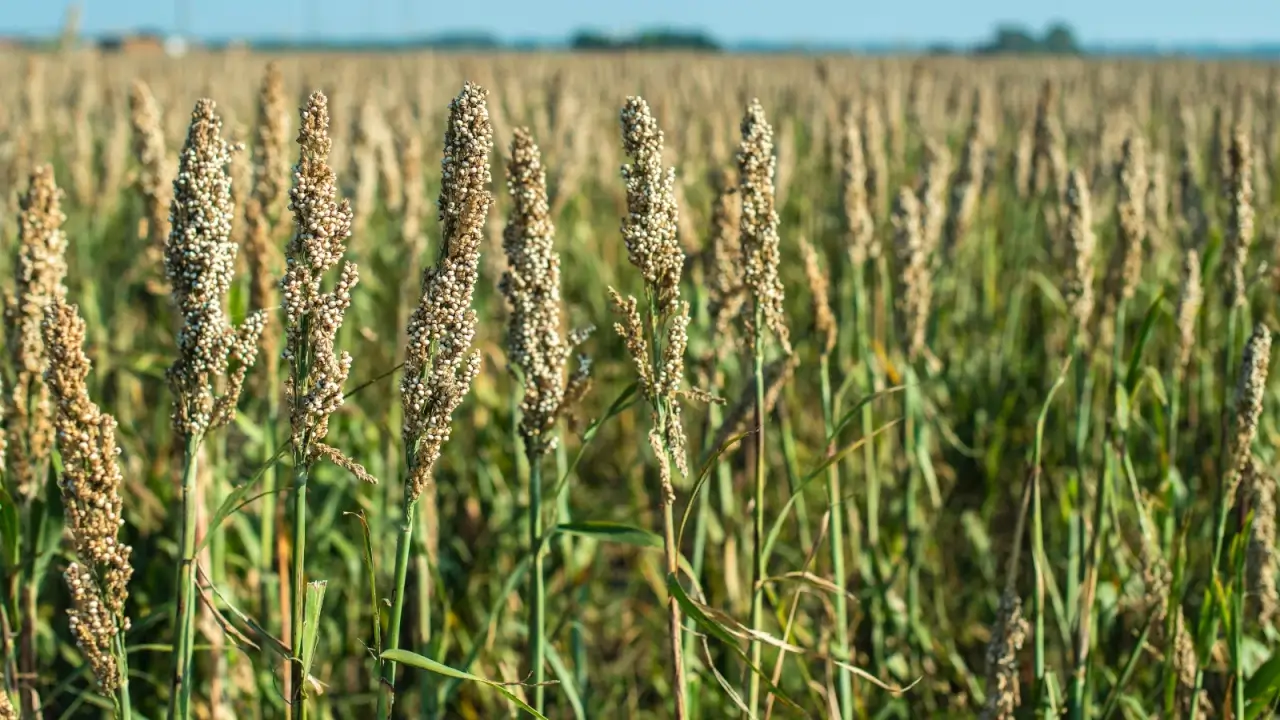
Different types adapt easily to many growing regions.
There are many types of millet used as cover crops all over the world. These provide tons of cover for the soil. Though the efficacy of millet as a nutrient supporter is still under study, it provides all the weed suppression and soil coverage that others on this list do.
What makes this one unique is the multiple species that are suited to varying climates and seasons. Find one well adapted to your region, and sow it! Some millets are great forage for waterfowl as well.
Mustard
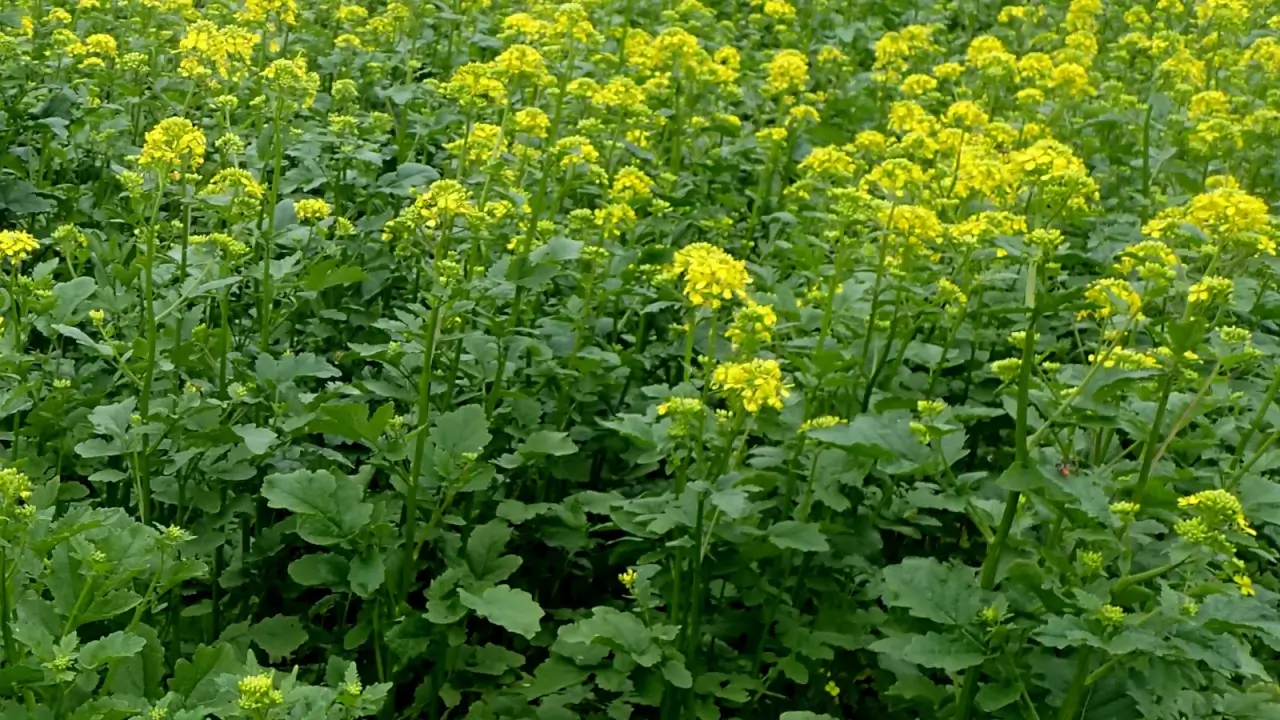
Quick-growing greens offer protection and marketable harvests.
For integrated farmers, mustards are some of the best and highest-yielding cover crops. There are studies linking them to the reduction of various plant diseases, including Verticillium in potato, and root rots in beans and lettuce. Mustards also prevent pink root in onions, root rot in peas, and cavity spot and Fusarium in carrots.
Mustards can be excellent candidates for the market, too. Especially when it comes to specialty greens, having full heads of greens to bring to the booth offers a little revenue as well. Many mustards are resistant to pests and diseases, and with how many choices there are, you’re likely to find one that suits you well.
Oats
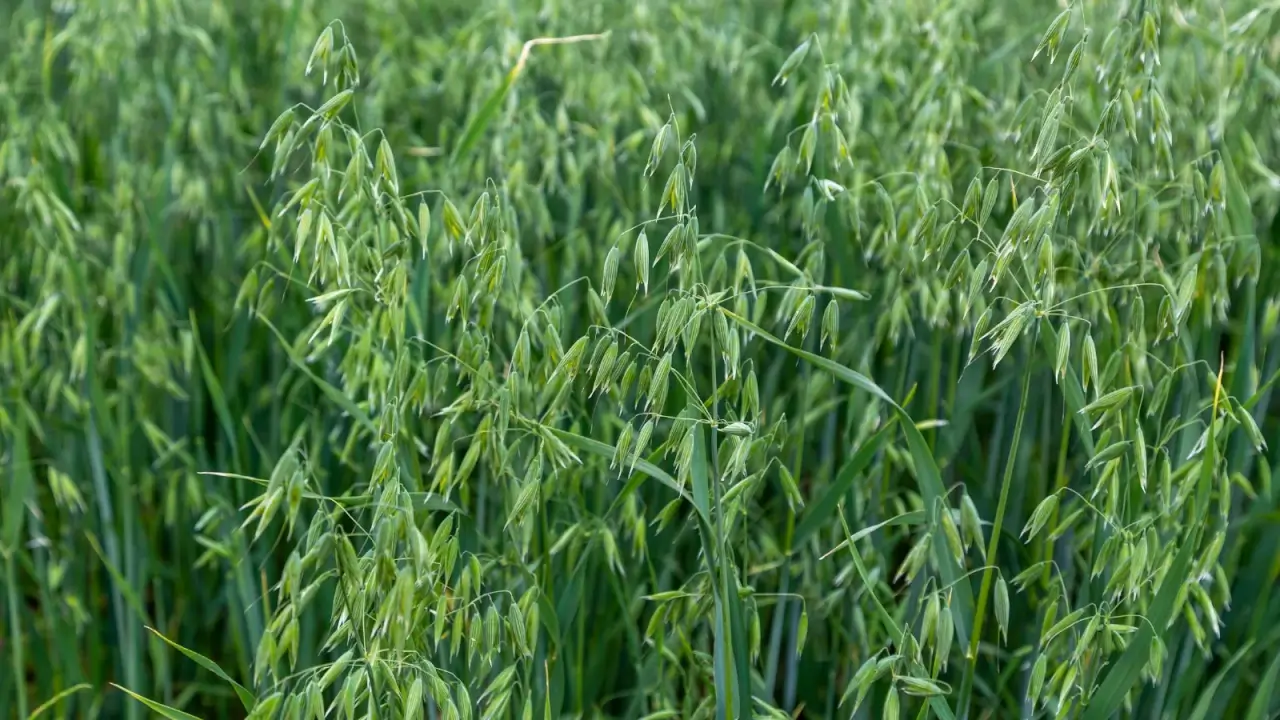
Thick stalks add organic matter to garden beds.
If cost is a concern, oats are a great option. Not only are they one of the highest-yielding cover crops, but they are also an excellent grain to grow for your farm or for your market stall. Just one acre of oats provides 2000 to 4000 pounds of dry matter. If you plant them early enough, they’ll feed the soil with nitrogen, phosphorus, and potassium.
Combine your oats with peas, and you’ve got an excellent nurse crop for your spring planting. If you plant oats by themselves, they’ll eliminate any potential weeds. If you plant in the fall, they’ll winterkill as long as you’re in a zone colder than 7.
Field Peas
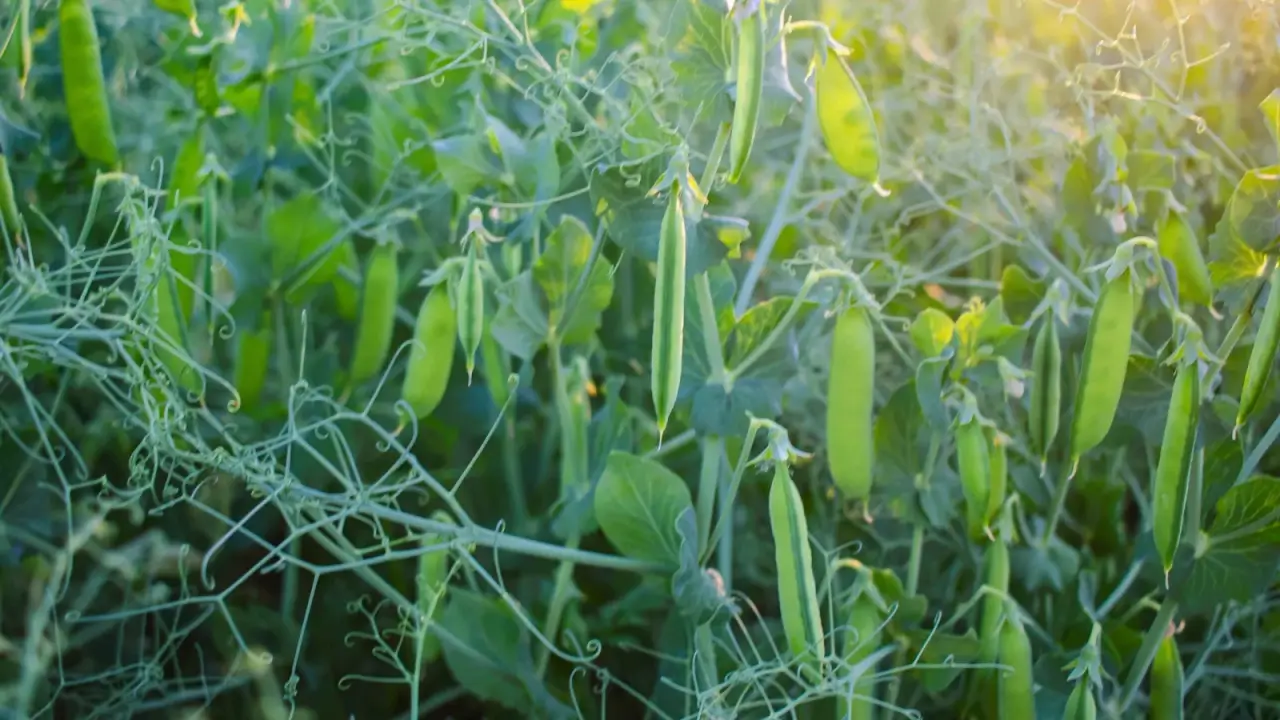
Winter-hardy field peas withstand frost without losing their vigor.
If you want nitrogen fixation and yields of delicious peas, a cover crop of field peas is an excellent choice. These cold-hardy legumes are known to be highly tolerant of poor soil and drought. They can handle the cold, too.
If you’re in a cold region, choose a variety that can handle the cold and won’t winterkill as soon as the first frost rolls in. Farmers in milder areas have a little more give, but should choose types that are suited to mild regions where pests and diseases may still be prevalent in fall and winter.
Could One of These Viral Farming Hacks Work on Your Land?
It’s not uncommon to hear someone touting that they’ve discovered the next great farming hack. But what’s real, and what’s just a ploy to gain followers or customers? These gardening pros examine some popular hacks to see which ones could work for you.
The post 7 Highest-Yielding Cover Crops appeared first on Modern Farmer.
From Modern Farmer via this RSS feed


